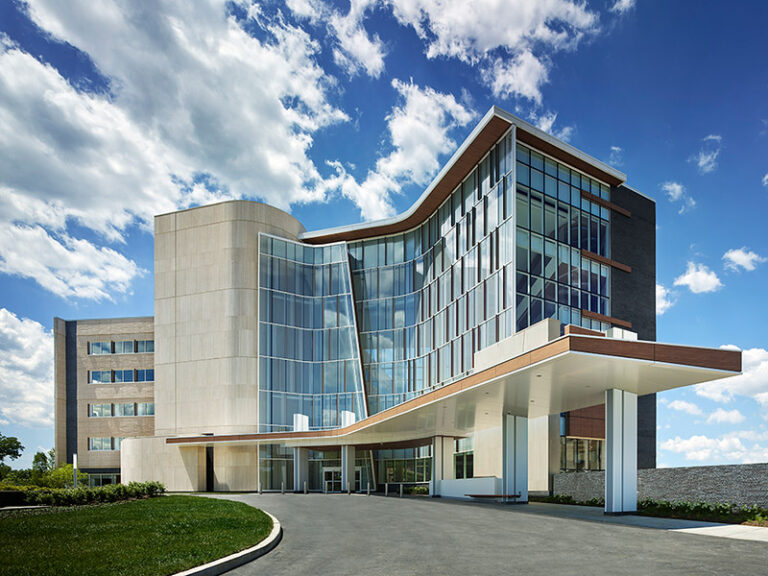A steady rise has been seen in the popularity of green buildings across the world. This eco-friendly approach has revolutionized the construction industry. As per Joe Cianciotto, green building is a concept that largely revolves around creating structures that are resource-efficient and environmentally responsible throughout their life cycle. It is also referred to as sustainable construction. The concept of green building dates back several decades, with cultures across the planet seeking ways to build structures that can harmonize with their surroundings, instead of disrupting them.
Joe Cianciotto marks a few of the major benefits of green buildings
Green building is an approach towards designing, constructing and operating buildings that promote environmental sustainability and responsibility. The goal of such can approach is to minimize the impact of buildings on the environment throughout their lifespan. Green buildings use materials and practice construction techniques that can benefit the environment. This construction style can save money and help protect the natural environment.
There are several benefits associated with green buildings, including:
- Reduced energy consumption: Green buildings is the practice of developing buildings that are resource-efficient throughout its lifecycle. Such buildings usually incorporate features like energy-efficient windows and high-quality insulation that help in keeping the indoors cool in summer, and reduce heat loss in the winter months. This results in lower reliance on heating and cooling (HVAC) systems and less energy consumption on the whole. Many green buildings use renewable energy sources like solar panels or wind turbines to further lower their dependence on traditional, non-renewable energy sources.
- Improved air quality: Green buildings generally facilitate the inflow of fresh air and outflow of stale air, which significantly helps in improving indoor air quality. They generally involve the use of materials that emit fewer volatile organic compounds (VOCs) that may cause health issues when inhaled over a long period of time. Right from the sealants used for gaps to the paint on the walls, every element is carefully chosen to minimize indoor air pollution.
- Improved water efficiency: Green buildings generally use water in a more efficient manner than conventional buildings. This includes the use of rainwater harvesting systems, water-saving appliances and even greywater recycling, which takes water previously used for washing and utilizes it for flushing toilets or irrigation. With such methods, green buildings may help conserve water and lower their impact on local water supplies.
- Reduced waste: Careful planning and resource management during the construction process can lower the amount of waste produced. Materials are often chosen on the basis of their recyclability, and any waste generated is repurposed or recycled, if possible. After the building is in use, steps are taken to further reduce waste through efficient energy and water systems.
As per Joe Cianciotto, green buildings can bring down environmental footprint with the use of sustainable materials, minimizing waste, and reducing energy and water consumption. This helps in safeguarding ecosystems and biodiversity, improving air and water quality, and can reduce greenhouse gas emissions. Overall, green building contributes to healthier and more sustainable communities.
